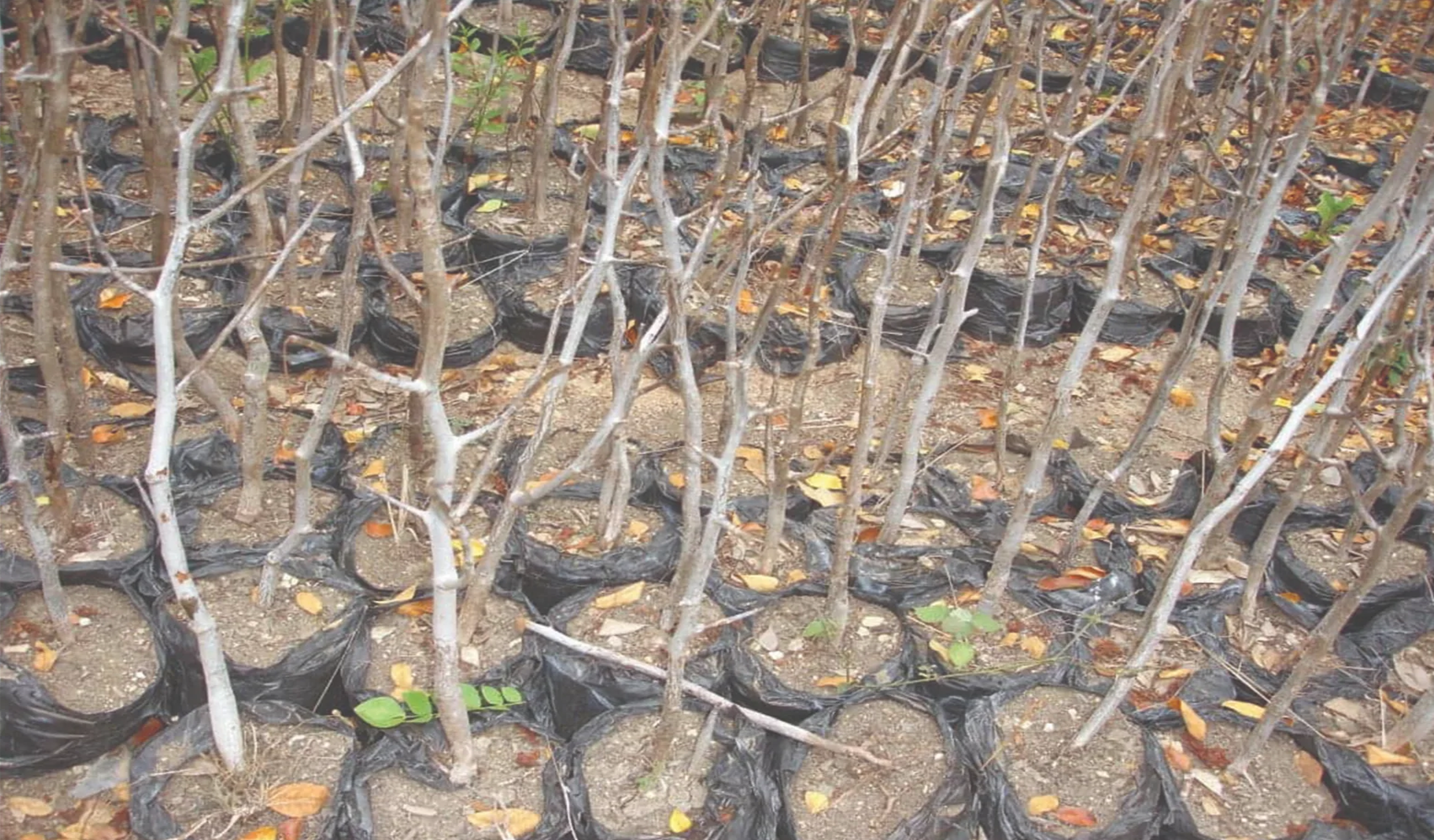Sound like a paradox, right? Indeed, as distributors of aromatic incense, especially in passionate love with the aromatic property and the invigorating mood of the Palo Santo incense and smudging products, one of our biggest concern is the preservation of this specie. Not so long ago, the Palo Santo emerged from its hidden place in the depth of the amazon rainforests and rapidly gained popularity around the world, and there is great intensity of growing demand in all parts of the globe. While many people have the opportunity to benefit from the opulence of the fragrant wood, there is also growing concern about illegal and excessive logging without consideration in the continuation and the preservation of the specie. Many out there only think of the quick and easy gain. But we in Prabhuji’s Gifts working hard to ensure all of our Palo Santo products are sustainably harvested only from trees that fell naturally, and sourced from organizations who strictly following reforestation programs.
THE STORY OF PALO SANTO

PALO SANTO REFORESTATION PROGRAM
In the process of harvest and replanting, the dead and fallen Palo Santo trees are taken during forest cleaning services, after which, new trees are replanted as per a set quota.
 Palo santo reforestation is a very meticulous process that requires a lot of labor and time. Firstly, those who want to plant it have to find abandoned land for the future plantation. luckily, the land does not need to be particularly fertile, as palo santo normally grows in nutrient- poor areas, including such dry places as rocky slopes and abandoned quarries. Next, they have
Palo santo reforestation is a very meticulous process that requires a lot of labor and time. Firstly, those who want to plant it have to find abandoned land for the future plantation. luckily, the land does not need to be particularly fertile, as palo santo normally grows in nutrient- poor areas, including such dry places as rocky slopes and abandoned quarries. Next, they have
to harvest palo santo’s tiny, half-inch fruit. Each piece of fruit contains a single black seed surrounded by red pulp, and protected by a green outer capsule. When the fruit ripens it drops to the ground one-by-one or in pairs, so over the course of a month, the harvesters need to return to the forest every few days to gather them. At the next stage, the tree planters mix nutrient rich soil with natural fertilizers, such as palo santo sawdust and palo santo aromatic water. This mixture is burned to produce black soil that is then put into plastic bags, and in each bag are three palo santo seeds. When the seeds germinate, they are placed into another bag, where they grow short and abundant roots. At this point, the seedlings are already stable enough and can be planted to become a part of the new Palo Santo forest. Unfortunately, the germination rate of the palo santo seeds is rather low (only about 3-16%), and it is not easy to grow a seedling, considering the delicate nature of palo santo reproduction roots.
Prabhuji’s Gifts sources its Palo Santo products explicitly from organizations that meet the highest standard of environmental practices and rainforest protection.
We in Prabhuji’s Gifts can’t stress enough the importance of this process. It is one of the reasons we tell our customers that there is always a chance that Palo Santo products will not be available for sale, because sourcing with such regulated harvesting and approved programs can only be done per quota. Non the less, we count it top priority to ensure our customers they get sustainably harvested wood from reliable sources. No compromises!








0 comments